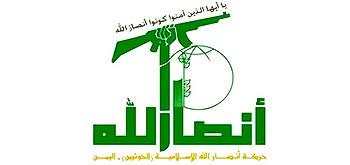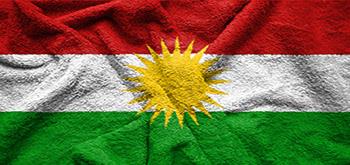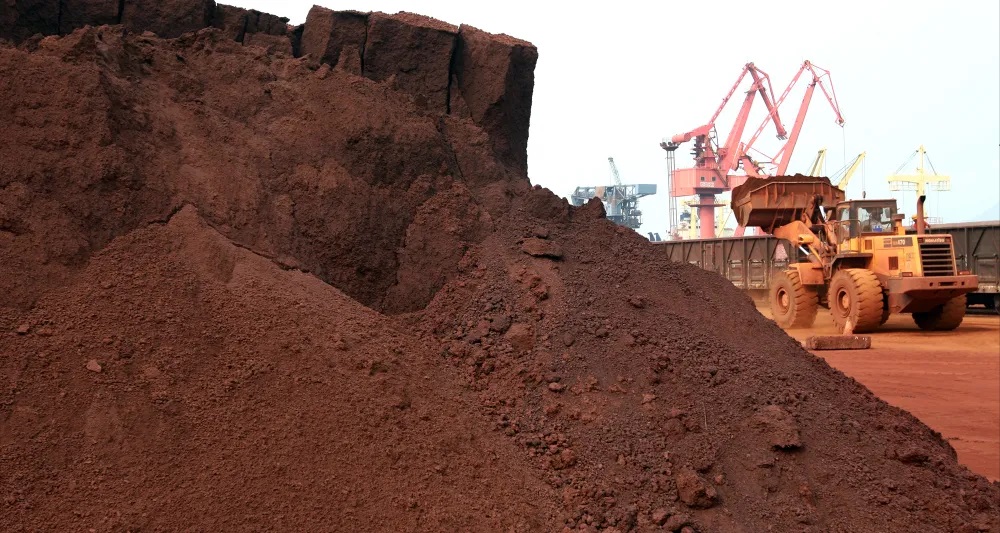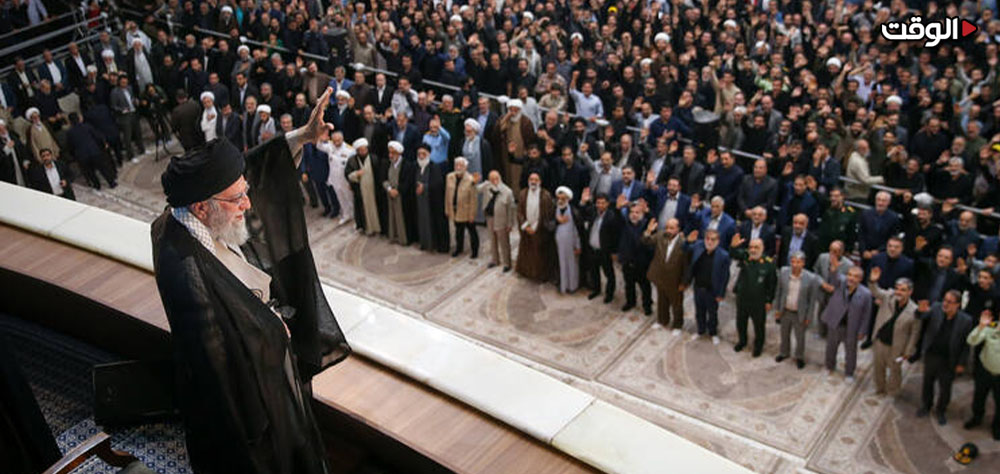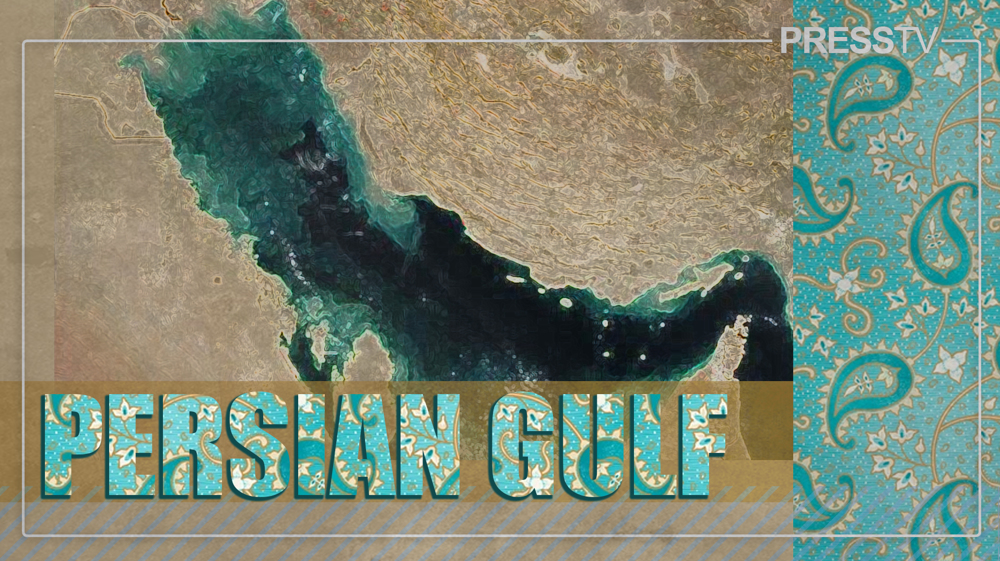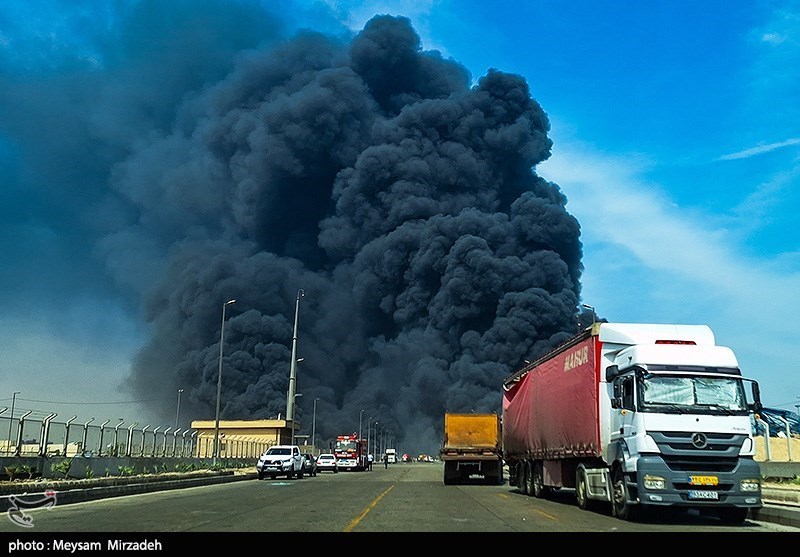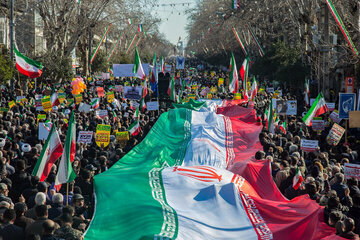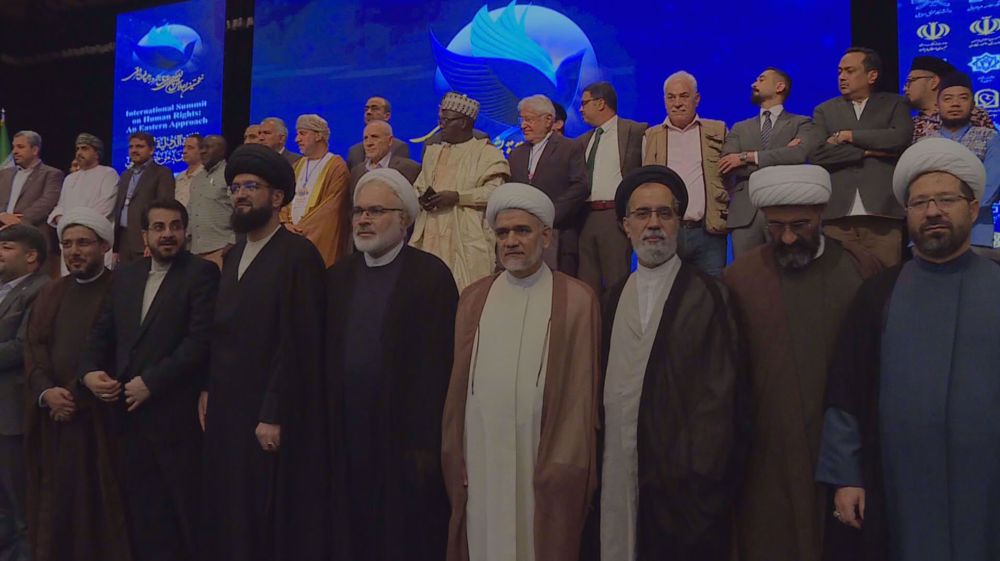Alwaght- In recent days, the trade war between the US has taken new aspects and the announcement of massive restrictions on rare earth elements exports to the US has sparked afresh the trade battle, triggering concerns in the world markets.
China's Ministry of Commerce recently issued a document titled "Announcement No. 62 of 2025," which introduces stringent new conditions for the export of rare earth elements.
By restricting these exports, China is leveraging its monopoly in this market to retaliate against US tariffs.
The world has, in fact, long been dependent on China for rare earth metals.
China holds the largest reserves and most of the processing facilities for these metals, which are used in a wide range of critical and everyday industries—from electric vehicles and smartphones to laptops and defense equipment.
Rare earth metals are an essential component of the military industry. A single US F-35 fighter jet requires more than 400 kilograms of these minerals to produce its radar-evading coatings, engines, and radar systems.
In the first nine months of the year, exports of these materials totaled 39,817 tons, reflecting a 7.5 percent decrease from the same period in 2024.
Data shows that China's exports to the US in September fell 28.7 percent compared to the previous month, while exports to Vietnam increased 57.5 percent over the same period, reported Reuters.
Statistics indicate that Germany, South Korea, Vietnam, the US, and Mexico were the top five destinations for China's rare earth magnet exports by volume last month.
Who are the leading suppliers of rare earth metals?
The US was the world's top producer from the 1960s through the 1980s, but lost that position as China ramped up its efforts. Through low-cost operations, the East Asian heavyweight flooded the market with inexpensive rare earth elements, securing a near-monopoly over the global supply chain.
Today, statistics confirm China's dominance, leading the list of rare earth producers with an output of 270,000 tons. It is followed by the US (45,000 tons), Myanmar (31,000 tons), and then Australia, Nigeria, and Thailand, each producing 13,000 tons. India (2,900 tons), Russia (2,500 tons), Madagascar (2,000 tons), and Vietnam (300 tons) round out the list of the world's primary producers.
Rare metals, China's lever in Trump-Xi talks
Tensions between the US and China have flared up once again, with experts saying President Donald Trump’s administration “has no clear strategy” for dealing with Beijing.
Analysts suggest this may be a “power play” by Beijing ahead of the planned meeting later this month between Trump and Chinese President Xi Jinping at the Asia-Pacific Economic Cooperation summit in South Korea, as “Beijing wants to make sure the leverage is on its side.”
“China’s ability to restrict exports of rare earth elements is an extraordinarily powerful tool,” said Dan Wang, head of China research at the Eurasia Group.
Observers believe Beijing is using rare earths as an ideal bargaining chip ahead of the upcoming Trump–Xi summit. A BBC report, citing several analysts, said China has realized that Trump’s real vulnerability lies not in tariffs, but in the minerals the US economy cannot function without.
These restrictions have marked a turning point in the trade talks between the two superpowers. China’s tighter controls have also accelerated Washington’s efforts to secure alternative supplies, both domestically and from allies such as Australia.
Chinese Foreign Minister Wang Yi, meeting with the U.S.-based Blackstone Group’s CEO, stressed that both sides must “effectively manage their differences” and work toward building a “stable and sustainable” relationship.
Speaking to reporters aboard Air Force One, Trump said he did not want China “playing the rare earths game with us.”
He hinted that he might delay tariff hikes, potentially to levels exceeding 100 percent, if China as world’s largest buyer of agricultural products committed to purchasing American soybeans.
But Beijing has shown no sign of backing down, firmly insisting that its new, broader restrictions, which are set to take effect just days before the expiration of the 90-day truce with Washington on November 10, are consistent with measures taken by other major economies.
In a broader picture, with increasing its gold reserves to 47 million ounces, China is working to strengthen its monetary base, while the US is focusing on modern financial tools like digital currencies. These different approaches have impacted the global monetary system and have caused massive fluctuations to the financial markets.
In this context, other countries with increasing their gold reserves are working to protect themselves against world economic volatility. Economists predict that in the coming months, the world will see trade tensions and deep changes in the world economic order.



